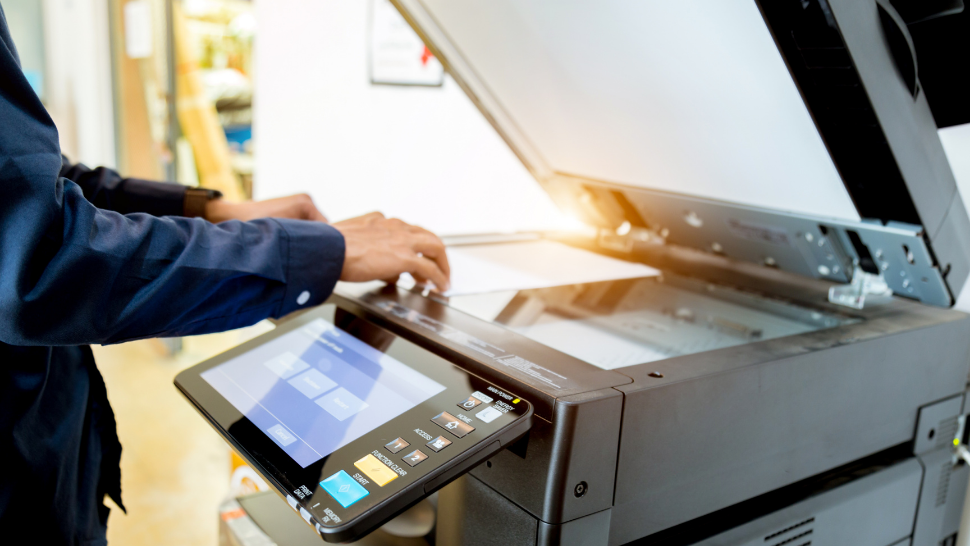
13 Apr How safe is your printer from hackers?
How would you feel if one day your printer whirred into motion and printed out a 5-step list on how to avoid being hacked, but you hadn’t asked it to print anything? This is exactly what happened to 28,000 printers which were targeted by Cybernews White Hat Hackers in 2020. In an attempt to show the vulnerabilities of printers they decided to use the Internet of Things to find open printer ports. Shockingly, they discovered 500,000 that could have been a hacking target.
The problem is that while many businesses choose to protect and secure their PCs, laptops and other devices, they forget that printers have access to devices, the network and the internet. Gone are the days when a printer was an internal device, now they can communicate with the outside world and even have their own email addresses. As a result, if your printer isn’t protected, hackers can access it, performing unauthorised printing and potentially accessing confidential information. Modern printers can store data such as personal details, banking information and a list of previous prints. When you think about it, they can be a goldmine for cybercriminals.
How do you protect your printer from cybercriminals?
Make sure it’s properly configured.
The first thing you need to do is ensure that your printer isn’t still running using a default password. It’s astounding how many printers still run on their factory admin settings. At the same time check that your printer is running through your own router (not a guest network) and that its password has also been changed from its factory preset.
Inspect print trays regularly.
Did you print that? Always check that everything that’s been printed has come from you or your team. An unidentified print could be a sign that your device has been attacked by hackers. It’s also a good idea to maintain best practice regarding sensitive information that is printed by shredding it.
Install all updates.
Your printer will receive regular firmware updates that need to be installed as soon as they arrive. Putting them off can make your printer vulnerable to external attacks. You should also perform frequent checks for software updates on manufacturer websites. These updates will contain security patches designed to improve your printer’s security.
Limit access to your network and check your firewall.
Limiting access to your network means that your printer can only accept jobs from trusted devices. Limiting network access is good best practice to improving your cybersecurity. You may also want to check that your printer is protected by a firewall. If you’re currently reliant on individual device firewalls, a specialised firewall covering your network may be a safer option.
Start encrypting your documents and storage.
Encrypting your documents and print jobs makes it harder for a third party to intercept and open them. You can also encrypt your printer’s internal drive, meaning that if it does get hacked, it will be harder for a criminal to access the sensitive data stored there.
Educate your team.
If your team knows the dangers of using non-trusted devices to print on your network or can recognise a phishing email, you’ve introduced another layer of security. Cybersecurity awareness training is an excellent addition for any CPD programme.
And, if you have any other questions or worries, or would like someone to help you improve your security, the team at Urban Network are here to support you.



